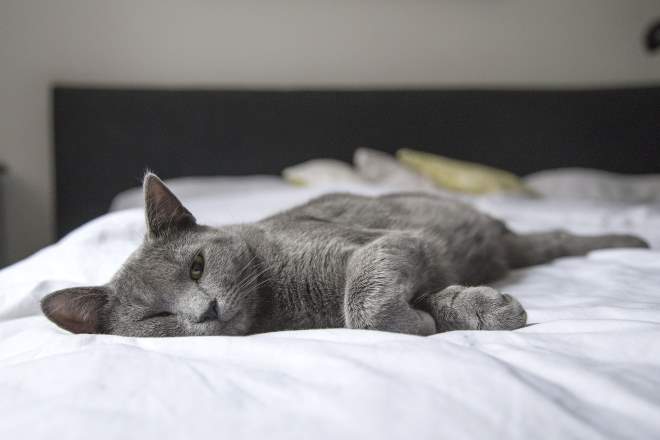The Mysteries of Pets’ Dreaming Patterns
Do pets dream? If they do, what do they dream about? For many pet owners, watching their furry friends twitch their paws and whimper in their sleep evokes curiosity and wonder. Grounded in the latest research and expert opinions, this article dives into the fascinating world of pets and their dreaming patterns.

The Science Behind Pets’ Dreams
The assertion that pets dream isn’t just a product of wishful thinking by pet owners. Rather, it’s a theory backed by scientific evidence. Studies have shown that like humans, animals go through sleep cycles that include periods of Rapid Eye Movement (REM) sleep – a stage associated with dreaming in humans. This REM stage is when pets are likely to dream.
What Do Pets Dream About?
While it’s impossible to know for sure what pets dream about, many experts believe it’s likely about their daily activities. Dogs may dream about playing fetch or chasing squirrels, while cats may dream about hunting or exploring their surroundings. This theory is based on the principle of “continuity,” which suggests that dreams often reflect our waking lives.
Recognizing Dreaming in Pets
Most pet owners have witnessed their pets moving or making noises while asleep, which is a strong indication that they are dreaming. Dogs may whimper, growl, twitch their paws, or even appear to be running in place. Cats may make small running movements, twitch their whiskers, or make tiny hunting-like motions.
Should You Wake a Dreaming Pet?
It’s usually best to let sleeping pets lie. Waking your pet during a dream could startle them or make them confused. More importantly, sleep plays a crucial role in pets’ health, aiding in memory consolidation, learning, and brain development. Interrupting their sleep could potentially disrupt these processes.
Understanding Nightmares in Pets
While we can’t be sure, pets may experience nightmares as humans do. If your pet seems particularly disturbed or upset during sleep, it could be due to a bad dream. Comforting them and ensuring they have a safe, comfortable sleeping environment can help mitigate these instances.
- Pets, like humans, undergo REM sleep, during which they are most likely to dream.
- Animals’ dreams may reflect their daily activities.
- Pet sleeping behaviors, such as twitching whiskers in cats or paw movements in dogs, can indicate dreaming.
- It is generally recommended not to wake a sleeping pet as it could disrupt important cognitive processes.
- Pets may experience nightmares, and creating a comfortable sleeping environment can help them feel safe.
In conclusion, the world of pets’ dreams is a fascinating realm that continues to capture our curiosity. While we may never know exactly what our beloved companions dream about, research suggests they probably relive their daily experiences in their dreams, just like us. Seeing our furry friends in a new light helps us understand them better and deepen our bond with them. The exploration of pets’ dreams serves as a testament to the rich, complex inner lives of our pets and the many mysteries they hold.




